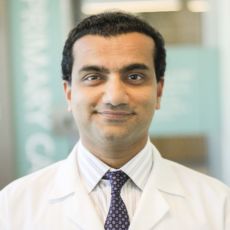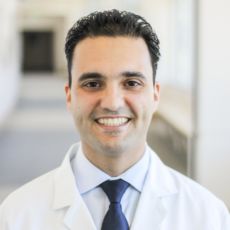Percutaneous Gastrostomy Placement (Gastric Feeding tube)

Overview
Percutaneous Gastrostomy Placement
Your doctor may recommend a gastric feeding tube if you have difficulty swallowing or keeping food down and aren’t getting enough nutrition or fluids by mouth. It is a procedure where flexible feeding tube is placed through the abdominal wall into the stomach bypassing the mouth and esophagus. This allows the administration of nutrition, fluids and/or medications directly into the stomach.
Risks
Percutaneous Gastrostomy Placement Risks and Complications
Complications are uncommon but may include potential pain at the insertion site, leakage of stomach contents around the site and dislodgement. Risks associated with the procedure may include infections, aspiration, bleeding or perforation (an unwanted hole in the abdominal wall). You should inform your doctor if:
- You have an infection.
- The tube comes out or is dislodged.
- Food won’t pass through the tube.
- You have leaks around the tube.

Prep
Preparing for a Percutaneous Gastrostomy Placement
First you’ll meet with your doctor and a dietitian so they can review your medical history, discuss the procedure and answer any questions you might have.
- Be sure to tell your doctor if you have any heart or lung conditions or if you’re allergic to any medications.
- Be sure to let your doctor know if you have diabetes and take insulin so your medication can be adjusted.
- Within one week of the procedure, don’t take aspirin, or products containing aspirin or anti-inflammatory drugs such as Advil or Motrin.
- Be sure to let your doctor know if you’re taking blood thinning medication.
- You must not eat or drink anything 8 hours before your procedure.
- Be sure to make arrangements for someone to drive you home afterwards as the medication may cause drowsiness.
What to Expect
What to Expect During a Percutaneous Gastrostomy Placement
Here’s what to expect during this procedure:
- Your doctor will use a flexible camera called an endoscope that is passed into the stomach to aid in the creation of a small opening through the abdominal wall into the stomach.
- Patients will typically get intravenous sedatives and local anesthesia during the procedure, as well as antibiotics to prevent the risk of infections.
- Patients are typically able to go home the same day or the day after the procedure.
Here’s what to expect after the procedure:
- You’ll be observed closely after the procedure before you go home. It is normal to see some drainage around the feeding tube for the first 24 to 48 hours.
- A sterile gauze dressing will be placed around the incision, once the area has healed you can wash it with soap and water.
- Once the area has healed, you can wash the area daily with soap and water.
- You may have minor soreness in your abdomen where the tube was inserted for a few days.
If you’re experiencing any difficulty with your feeding tube, be sure to contact your doctor.
Duration
How long do feeding tubes last?
- Feeding tubes can last for months, however they can become clogged or break down over the course of time at which point they may need replacement.
- Feeding tubes can often be removed and/or exchanged during an office visit without sedation or anesthesia, although some case may require replacement via an endoscopy.
- Feeing tube site can close quickly once the tube is removed, thus accidental dislodgement requires immediate attention.

Specialists





